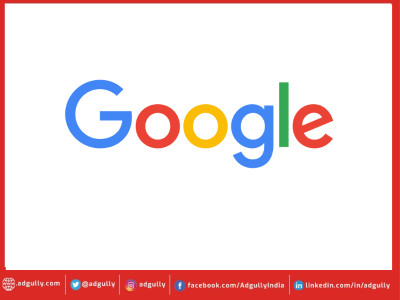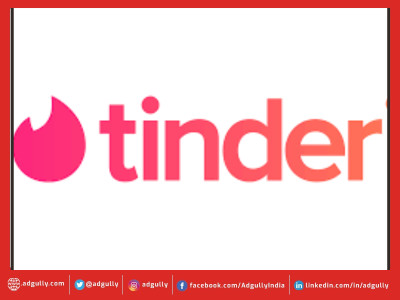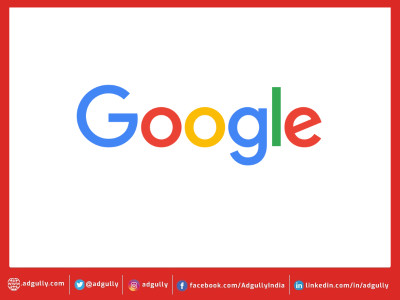Reaching consumers outside of Walled Gardens: Benefits of the open web
The triopoly of Amazon, Google and Facebook has, without fail, been the recipient of a major chunk of both advertisers and their advertising budgets. At the end of 2021, the three giants had a near-total grip on digital advertising. According to eMarketers research, the trio sustained almost the same level of spending dominance as in 2020.
However, walled gardens have their own limitations, such as access to only a certain percentage of audiences and limited data shared with the marketers. To derive better returns from their marketing campaigns, more and more advertisers are turning towards the open web as an alternative that has immense benefits to offer in terms of audiences, transparency and control.
In layman terms, the open web refers to the public side of the web that anyone can access without restrictions. Channels and platforms outside of walled gardens form a part of the open web. It can also be considered as a sweeping term: it encompasses technical concepts, such as open-source code and open standards as well as democratic concepts like free expression and digital inclusion[2]. However, there is one underlying thought that connects all these ideas — the open web is a place for all users and not just a select few gatekeepers.
Across the open web, there are billions of opportunities to reach new audiences in a more meaningful way. It allows marketers to deliver their ads to the right audience, on the right devices. In addition, the open web provides marketers with a wide array of insights into every step of the customer purchase journey. In an attempt to portray themselves in the best light, walled gardens choose what information is passed on to the marketers. However, on the open web, marketers have access to all the information, enhancing not only transparency in data and information but also the ease of marketing.
Marketers can activate and unlock the potential of their own first party data on the open web. It is a gold mine of information and insights that can help with personalizing, customizing, and enhancing the customer journey with more relatable and smarter advertising. With so many benefits to reap, brands should examine how they can integrate the open web into their marketing strategies.
Broaden Contextual Possibilities
Most triopoly solutions do not offer the level of granular targeting needed to ensure meaningful relevance or maximum reach beyond their own borders. They also do not provide access to complete data. While Google is experimenting with cookieless alternatives, which may include topic-based targeting, major publishers are turning towards advanced contextual intelligence tools that allow them to match ads to surrounding content with precision.
This shift and adoption of contextual intelligence tools by publishers presents significant scope for advertisers and an opportunity to begin capitalizing on ad placements supported by contextual intelligence. Recent research shows that over 40% of brands[3] are planning to spend more on contextual campaigns as cookies fade.
Minimize Disruption for Social Media Users
The number of social media users is constantly on the rise, thereby one would assume that social media platforms would be an attractive media marketplace. However, platforms such as Facebook have faced criticism[4] for their advertising practices and unauthorized use of data. Advertisers need to ensure that users have an uninterrupted experience and that the ads they interact with are in harmony with the user environment. Unobtrusive native ad formats available on the open web enable just this and boost campaign effectiveness without interrupting the scrolling experience.
Forge Closer Ties with Online Shoppers
Retail platforms hold a gold mine of first party data in the form of purchase history data. Amazon is the best-known example of an online player that has leveraged this data to its advantage. However, brands can serve ads on the open web that are fueled by high quality consumer insights into their buying behavior and habits, ensuring that the messages sent to them are both relevant and effective.
So far, there has been a huge dependency on the triopoly of Google, Amazon and Facebook. While the three platforms have delivered results, there is an opportunity to increase the reach and returns on campaigns through the open web. As the digital universe evolves, advertisers need to adapt their strategies and include new platforms, such as the open web, to maximize their gains. The adoption of the open web can also help in distributing the power that the triopoly holds in the digital advertising space. If ad buyers seek different options going forward, it can lead to a healthier and more balanced ecosystem.


















Share
Facebook
YouTube
Tweet
Twitter
LinkedIn